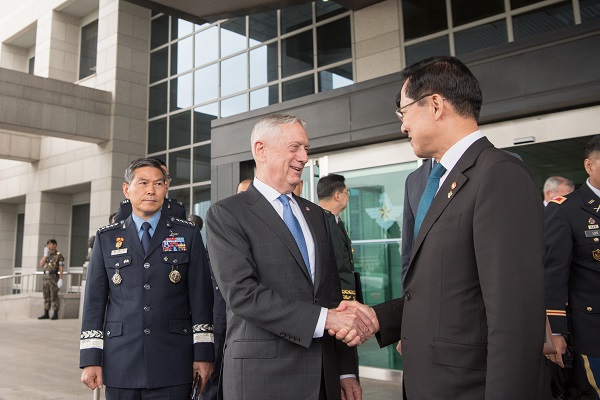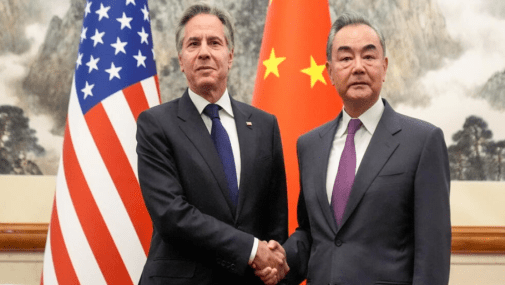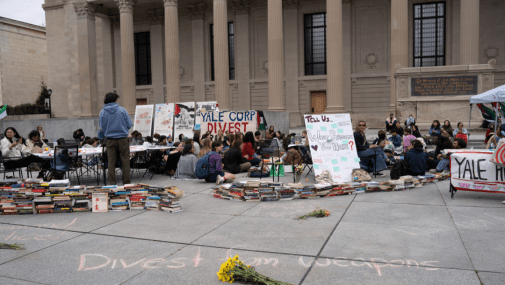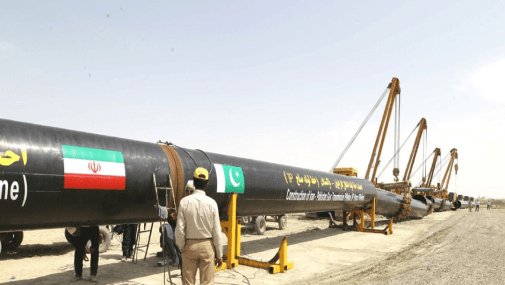U.S.-South Korea alliance strained
November 1, 2018 | Expert Insights

The U.S. and South Korea have spent almost seven decades honing their preparedness for war. Now fears are growing among the alliance’s proponents that extended peace talks are eroding that advantage.
Background
Before Korea was divided into two nations, it was occupied by Japan in 1910. In the final days of World War II, the Soviet Union declared war on Japan and advanced towards Korea. The US fearing that the Soviets would take over all of Korea requested it to cease its military actions. Thus, Seoul and the southern part of Korea came to be occupied by US forces. By 1948, Korea had been divided into two factions with Kim II-sung, as Prime Minister of North Korea.
In 1950, North Korean forces advanced to South Korea, occupying a large portion of it. This resulted in the US entering the conflict along with the United Nations to defend South Korea. The US forces were successful in pushing back the North Korean military and in 1953 an armistice was proposed and signed.
However, a peace treaty was never signed and thus the war never really ended. This is famously referred to as the “Forgotten War.” The two countries have since had a fractious relationship.
Analysis
The U.S. and South Korea have spent almost seven decades honing their preparedness for war. Now fears are growing among the alliance’s proponents that extended peace talks are eroding that advantage.
Defence chiefs from the two nations will gather for an annual meeting in Washington on Wednesday facing a radically changed landscape after President Donald Trump’s decision to restart nuclear negotiations with North Korean leader Kim Jong Un. While those discussions put off the prospect of a conflict, Trump has also cancelled major military exercises to facilitate the detente.
Secretary of Defence Jim Mattis and his South Korean counterpart, Jeong Kyeong-doo, must now find a way to maintain a robust defence without providing regular, real-world simulations for troops that tend to rotate through every couple of years. Trump’s statements calling the exercises “war games” and echoing Kim by calling them “provocative” makes them harder to restart as long as nuclear talks drag on.
Even before Trump cancelled the so-called Vigilant Ace exercises planned for December, his nominee to lead U.S. Forces Korea acknowledged during Senate confirmation hearings that the freeze had caused a “degradation to the readiness” of forces. “This will be one of my top priorities when I get on the ground,” Gen. Robert Abrams told senators on Sept. 25.
The drills are just one of several challenges to the alliance under Trump’s “America First” policies. He has threatened to withdraw from their two-way trade deal, pressured South Korea to halt oil imports from Iran and tussled with President Moon Jae-in over whether to ease the U.S.’s “maximum pressure” campaign against Kim.
Trump has more openly questioned the value of keeping roughly 28,500 American troops on the Korean Peninsula than any president since Jimmy Carter, saying after meeting with Kim in June that he would “like to bring them back home, but that’s not part of the equation right now.” The administration is pushing South Korea to increase the more than $800 million it pays for the U.S. presence, with the Yonhap News Agency reporting Trump wants Seoul to offset the cost of bombers and aircraft carriers based elsewhere.
Mattis and Jeong also were expected to discuss the issue of which side would retain supreme command in the event of a war, a responsibility that has thus far been maintained by the U.S. Seoul has been pushing for greater control, something that could raise political questions in Washington.
Officials on both sides insist the alliance remains “ironclad” and say the troops can maintain readiness, at least in the short-term, through smaller-scale exercises less likely to provoke Kim. Lt. Col. David Eastburn, a Pentagon spokesman, said daily interactions between the two forces demonstrate “not only a strong alliance but a level of interoperability that’s second-to-none.”
Assessment
Our assessment is that there is a visible trade-off in the Korean peninsula. If Seoul continues the peace talks, it will lose the support of the US which is adamant on a completely denuclearised North Korea before lifting sanctions. We believe that Seoul must not play a balancing act between keeping its commitments to the US as well as proceeding with the peace summit promises with North Korea.








Comments